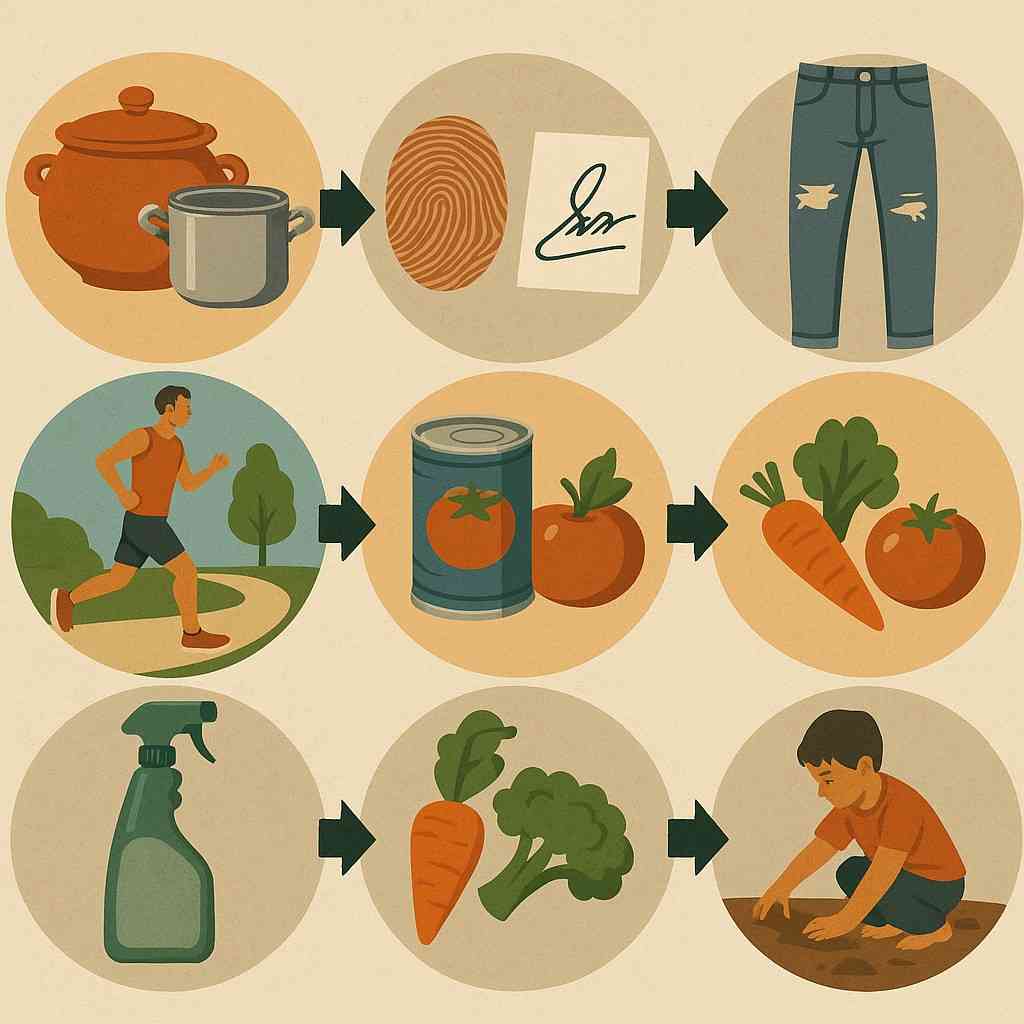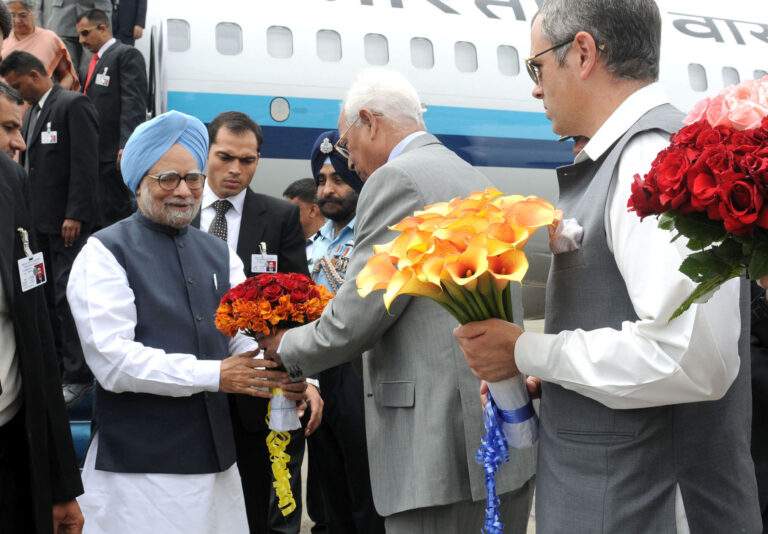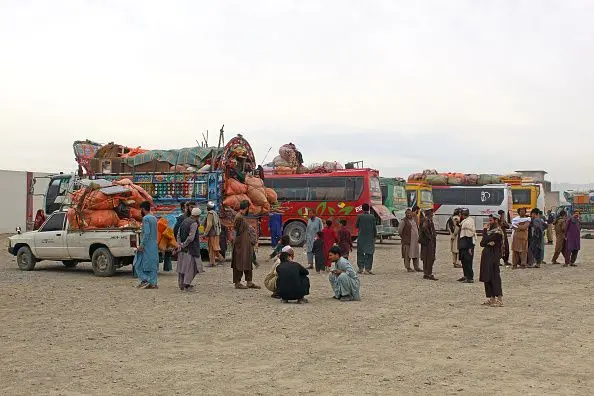What Technology Proved: The Value of What We Already Had
In our constant race towards progress, we often forget the treasures we already own. Over time, human beings have replaced natural ways with modern inventions, believing them to be better. But as we move forward, we begin to realise something important: what we thought was outdated often turns out to be more valuable than we imagined. Technology, in many surprising ways, has proved this very truth — that many of the things we left behind were actually wiser, healthier, and closer to nature.
From Clay to Steel and Back Again
Years ago, our ancestors used clay pots to cook and store food. These earthen pots kept the water cool and added natural minerals to our meals. But with time, we moved to steel, plastic, and non-stick utensils. It was all about convenience and modern style. Later, health experts warned us about harmful chemicals in plastics and non-stick surfaces. People began returning to clay pots, realising they were not only safe but also added a natural taste to the food. In the end, technology helped us circle back to what was always good for us.
Thumbprint to Signature and Back Again
In the early days, most people couldn’t read or write, so they used thumb impressions as a form of identity. As education spread, we started using signatures to show literacy and personal identity. Now, in the digital age, we’re scanning our thumbs again — for smartphones, ID checks, and bank logins. Ironically, we’re back to the thumb, not because we are uneducated, but because it is now seen as the most secure and personal form of identity. What was once seen as basic has now become advanced.
Simple Clothes to Fashion and Back to Simplicity
There was a time when people wore simple, clean clothes. With modern fashion, we began wearing expensive branded clothes, following the latest trends. Soon enough, fashion trends brought back torn jeans and “rugged” looks — something that was once linked with poverty or hard labour. Today, we pay extra for clothes that look old or worn out, forgetting that they were once seen as a sign of hardship. Again, fashion took us full circle.
Hard Work to Fitness Centres
Our ancestors lived tough lives, full of physical work. Then came machines, offices, and comfort. We stopped walking and lifting, and diseases like obesity and diabetes became common. To fight this, we now pay money to join gyms, jog on walking tracks, and lift weights — all to stay healthy. We are doing the same physical work, but in a modern setting. The message is clear: the hard work we avoided was actually keeping us fit.
Natural Foods to Packaged Products and Back to Organic
There was a time when food came fresh from the farm. As technology improved, we began eating processed and packaged foods for the sake of ease. But with these came preservatives, chemicals, and health risks. Today, “organic food” is a growing market — a return to natural farming, chemical-free vegetables, and fresh dairy. We are going back to the way our elders ate, understanding that it was far better for our bodies.
Old and Simple to Branded and Back to Vintage
Old furniture, handmade tools, and traditional items were once considered outdated. We threw them out and filled our homes with branded, factory-made goods. But slowly, we began to admire “antiques” — old clocks, wooden chests, and traditional crafts. People now collect them proudly and pay large amounts to own a piece of the past. Once again, the charm of the old has returned.
From Dusty Playgrounds to Clean Homes and Back to Nature
Earlier, children played outside, got dirty in mud, and built strong immune systems. With fear of germs, we brought them indoors, gave them screens, and sterilised their toys. But now, doctors advise outdoor play and exposure to natural elements to build immunity. We are learning, once more, that a little dirt is not the enemy — it is part of growing up healthy.
The Hidden Message
All these examples show one thing clearly: modern technology often proves the value of what we already had. Our religion, culture, and natural lifestyles gave us simple solutions that worked. They were not backed by data or marketing, but by deep understanding of life and health.
Technology is not the enemy, but it helps us realise that not everything new is better — and not everything old is useless. Sometimes, progress means going back to where we started, with better understanding and appreciation.
In the end, what we left behind in search of something new, might just be the very thing we need the most today.
Full Circle
We walked away from earthen clay,
To shiny pots and steel so grey,
But now we stir the meals once more,
In mud that kept our health in store.
We signed our names with fancy pride,
Left thumbprints quietly aside,
Yet now we scan that print again,
A circle drawn, not made in vain.
From torn old clothes we ran so fast,
To fashion’s shine that couldn’t last,
And now we wear, with pride and grin,
What once was poor is now “a trend” within.
We left the fields, the sweat, the strain,
To chase our dreams on comfort’s train,
But now we jog, and lift with might,
To bring back strength we left in flight.
Fresh food gave way to cans and packs,
With sugar, salt, and plastic wraps,
But now we seek the farmer’s land,
With “organic” labels, clean and grand.
Old things we once threw far away,
Are now antiques we proudly display,
The wooden chest, the rusted bell,
All hold the tales we wish to tell.
We stopped the kids from dirt and play,
Afraid of germs along the way,
But now we know the mud was wise,
It builds the strength that truly lies.
So here we stand, not lost but wise,
With open hearts and clearer eyes,
What once we thought was old and plain,
Is gold we seek, again… again.
( Writer Of This Article Is Mrs. Gazala Nazir A Famous Kashmiri Writer )






